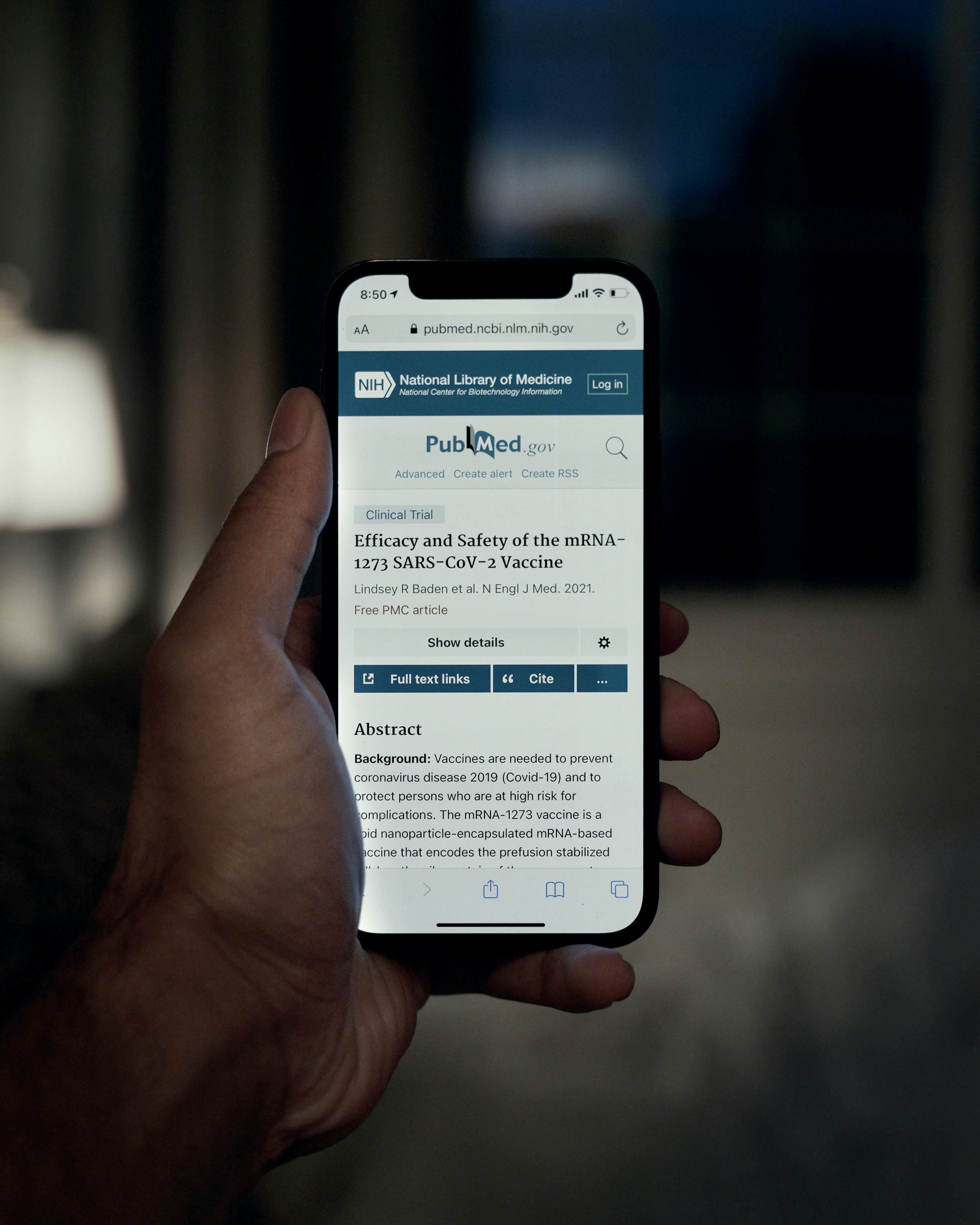How To Train Your Sugar Glider To Come To You
In this article, you will learn some helpful tips on how to train your sugar glider to come to you. We’ll cover the importance of building trust and establishing a bond with your glider, as well as using positive reinforcement techniques to encourage them to come to you. With a little patience and consistency, you’ll be able to create a strong connection with your sugar glider and enjoy their company whenever you want. Let’s get started!
Understanding Sugar Gliders
Owning a sugar glider can be a delightful and rewarding experience. These small, nocturnal marsupials are known for their friendly and curious nature, making them excellent companions. However, training your sugar glider to come to you when called requires patience, consistency, and an understanding of their behaviors. In this article, we will explore the steps and techniques necessary to train your sugar glider to come to you.
Understanding the Behavior of Sugar Gliders
Before diving into training techniques, it’s important to understand the natural behavior of sugar gliders. These small creatures are social animals that form strong bonds with their owners. They are highly intelligent and curious, making them capable of learning various commands and tricks.
Sugar gliders use vocalizations, body language, and scent markings to communicate. They have a gliding membrane that allows them to glide effortlessly between trees in their natural habitat. Understanding these behaviors will help you build trust and create a strong bond with your sugar glider.
Benefits of Training Your Sugar Glider
Training your sugar glider has several benefits, both for you and your pet. By training your glider to come to you, you’ll establish a bond based on trust and mutual understanding. It will also ensure their safety, as a glider that responds to recall commands is less likely to get lost or injured.
Additionally, training provides mental stimulation for your sugar glider, preventing boredom and promoting their overall well-being. By engaging in training sessions, you’ll spend quality time with your pet and strengthen your bond with them.
Building a Bond with Your Sugar Glider
Building a bond with your sugar glider is fundamental before starting any training. Here are some techniques to help establish trust:
-
Spending time near the cage without interaction: Sit near your glider’s cage and talk softly to them. Allow them to observe you without pressure or direct interaction.
-
Offering treats from your hand: Begin by offering treats, such as small pieces of fruit, from your hand. This will help your glider associate your hand with something positive and rewarding.
-
Talking softly to your sugar glider: Sugar gliders are sensitive to sound and respond well to gentle and soothing voices. Talk to them in a calm and reassuring tone to create a sense of security.
-
Using positive reinforcement: Reward your glider with treats, praise, or gentle petting when they display desirable behavior. Positive reinforcement encourages your glider to repeat the behavior in the future.
Creating a Safe Environment
Before starting any training, it’s essential to create a safe and comfortable environment for your sugar glider. This ensures their physical well-being and provides them with a sense of security.
Providing a Spacious Cage
Sugar gliders require a spacious cage that allows for exercise and exploration. The cage should have multiple levels, platforms, and branches for your glider to climb on. Providing plenty of toys will also keep them entertained and mentally stimulated.
Ensuring Proper Temperature and Humidity
Sugar gliders thrive in warm and humid environments. It’s crucial to maintain a temperature between 70-90 degrees Fahrenheit and humidity between 40-60%. This can be achieved by using a thermometer and a hygrometer in their living space.
Offering a Varied Diet
A proper diet is essential for the health and well-being of your sugar glider. Their diet should consist of a mix of fresh fruits, vegetables, proteins, and a specialized pellet diet formulated for sugar gliders. Consult with a veterinarian or a glider expert to ensure you provide a nutritionally balanced diet.
Creating Hiding Spots and Perches
Sugar gliders need hiding spots and perches to feel safe and secure in their environment. Provide small, cozy pouches or nests where they can retreat to when they need privacy or rest. Additionally, offer multiple perches at different heights to promote their natural climbing and gliding instincts.
Establishing Trust and Bonding
Establishing trust and bonding with your sugar glider is crucial for successful training. Here are some techniques to help deepen your bond:
Spending Time Near the Cage Without Interaction
Spend time near your sugar glider’s cage without initiating direct interaction. Allow them to observe you and get used to your presence. This will build familiarity and trust over time.
Offering Treats from Your Hand
Start offering treats from your hand to your glider. Begin by placing the treat near the cage door and gradually extend your hand inside. Allow your glider to come and take the treat from your hand. This process helps them associate your hand with positive experiences.
Talking Softly to Your Sugar Glider
Sugar gliders are sensitive to sound and respond well to calming and gentle voices. Talk to your glider softly and reassuringly. This will help them feel comfortable in your presence.
Using Positive Reinforcement
Reward your sugar glider with praise, treats, or gentle pets when they display desirable behavior. Positive reinforcement strengthens the bond between you and your glider and motivates them to repeat the behavior.
Introducing Hand-Targeting
Hand-targeting is a useful technique to train your sugar glider to come to you on command. Here’s how you can introduce hand-targeting to your glider:
Acquainting Your Sugar Glider with a Target Stick
Start by introducing your glider to a target stick – a small, non-threatening object such as a wooden dowel or a chopstick. Allow them to sniff and explore the target stick at their own pace.
Rewarding Your Glider for Touching the Target
When your glider touches the target stick with their nose or paw, reward them with praise and a treat. Continue this process until they consistently touch the target stick to receive the reward.
Gradually Moving the Target Farther Away
Once your glider is comfortable touching the target stick, begin gradually moving the target farther away from you. Each time your glider touches the target, reward them with praise and a treat. Gradually increase the distance over time.
Training Step-by-Step
Now that your glider is familiar with hand-targeting, you can move on to other training steps. Here’s how you can train your sugar glider to come to you:
Teaching Your Glider to Respond to Their Name
Associate your glider’s name with a reward by saying their name followed by a treat. Repeat this process consistently, gradually reducing the reward and only offering it when they respond to their name by looking at you or approaching you.
Teaching Basic Commands like ‘Come’ and ‘Stay’
Using the hand-targeting technique, train your glider to come to you on command. Start by saying ‘come’ as you present the target stick. Reward your glider when they touch the target stick and gradually reduce the use of the target stick while maintaining the command.
To teach ‘stay,’ instruct your glider to remain on a perch or a designated spot, rewarding them when they stay in place. Gradually increase the duration of the stay command over time.
Using Clicker Training Techniques
Clicker training is a form of positive reinforcement that uses a distinct clicking sound to mark desired behavior. Pair the click sound with rewards during training sessions to reinforce positive behavior. Eventually, your glider will associate the click sound with the desired action and respond accordingly.
Implementing Short Training Sessions
Sugar gliders have short attention spans, so it’s important to keep training sessions brief and frequent. Aim for two to three short sessions (about 5-10 minutes each) per day to ensure your glider remains engaged and focused.
Building Positive Associations
Building positive associations with you and their training experiences is essential for your glider’s motivation and success. Here are some techniques to help build these associations:
Associating Coming to You with Treats and Rewards
Whenever your glider comes to you on command or voluntarily, reward them with praise and treats. This will reinforce the behavior and create a positive association with coming to you.
Using Favorite Toys or Bonding Pouches
To encourage your glider to come to you, use their favorite toys or bonding pouches as rewards. This will make the training experience more enjoyable for them and strengthen their desire to come to you.
Encouraging Exploration and Playtime Outside the Cage
Allow your glider to explore and play outside their cage in a safe and controlled environment. This will provide them with mental and physical stimulation, enhancing their overall well-being. Use this time to practice recall commands and reinforce positive behavior.
Dealing with Challenges
Training your sugar glider may come with some challenges. Here’s how to address common issues:
Handling Fear and Mistrust
Gliders may display fear or mistrust if they have had negative experiences or if they are naturally cautious. Be patient and give them time to acclimate to new situations. Avoid forcing interaction and instead focus on building trust gradually.
Addressing Nipping or Biting Behavior
Sugar gliders can nip or bite when they feel threatened or scared. It’s important to understand their body language and signs of distress. If your glider exhibits nipping or biting behavior, consult with a veterinarian or an experienced glider owner to address the underlying cause.
Seeking Professional Help if Necessary
If you encounter significant difficulties in training your sugar glider, seek assistance from a professional animal trainer or an experienced sugar glider owner. They can provide guidance, advice, and techniques tailored to your glider’s specific needs.
Consistency and Patience
Consistency and patience are key when training your sugar glider. Here’s how to maintain a successful training journey:
Setting a Regular Training Schedule
Establish a regular training schedule that fits your glider’s routine. Consistency is crucial for them to understand and retain command cues effectively. Stick to the schedule and be consistent with your expectations.
Being Patient with Progress and Setbacks
Each sugar glider has its own learning pace and personality. Be patient and understanding with their progress, celebrating even small achievements. Setbacks are common, so remain patient and persistent in your training efforts.
Understanding Individual Differences in Glider Personalities
Every sugar glider has its own unique personality, just like humans. Some gliders may be more receptive to training, while others may require additional time and reinforcement. Respect their individuality and adapt your training approach accordingly.
Maintaining Wellbeing
Training your sugar glider is not just about teaching commands; it’s about ensuring their overall wellbeing. Here are some essential aspects to consider:
Providing Regular Health Check-ups
Schedule regular check-ups with an exotic veterinarian familiar with sugar glider care. They can ensure that your glider is healthy, provide necessary vaccinations, and address any health concerns.
Offering Mental and Physical Stimulation
Sugar gliders are active and intelligent creatures that require mental and physical stimulation. Provide them with toys, climbing structures, and interactive activities to keep them engaged and entertained.
Ensuring Proper Diet and Nutrition
Proper diet and nutrition are critical for your sugar glider’s well-being. Consult with a veterinarian or glider expert to ensure you are providing a nutritionally balanced diet specific to your glider’s needs.
Can a Well-Set Up Sugar Glider Cage Help with Training?
A well-set up sugar glider cage can significantly aid in training your pets. By following a proper sugar glider cage setup tutorial, you can create an environment that is conducive to learning and behavior shaping. An organized and stimulating living space can positively impact your efforts in teaching new tricks and commands.
Can Regular Vet Visits Help with Training My Sugar Glider to Come to Me?
Regular sugar glider vet checkups can significantly aid in training your pet to come to you. A vet can ensure your sugar glider is in good health, making it more receptive to training. Plus, the vet can provide valuable tips and advice for effective training techniques.
Conclusion
Training your sugar glider to come to you on command is a rewarding and fulfilling experience that strengthens your bond and enhances their quality of life. By understanding their behaviors, creating a safe environment, and employing positive reinforcement techniques, you can establish a strong and trusting relationship with your glider. Remember to be patient, consistent, and understanding throughout the training process, and enjoy the joy of having a well-trained sugar glider companion by your side.







